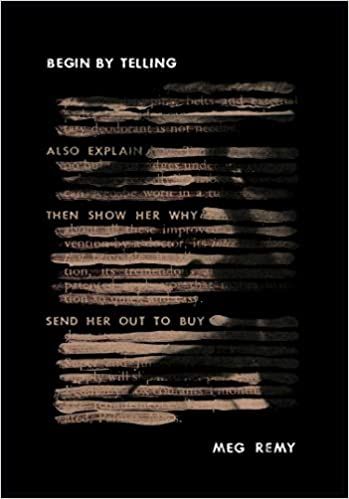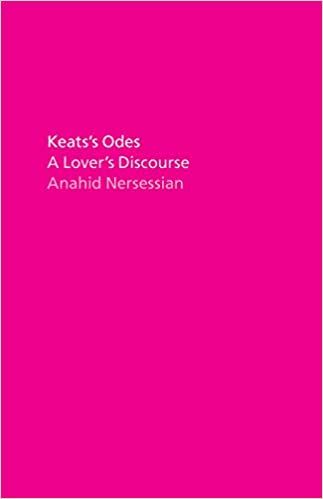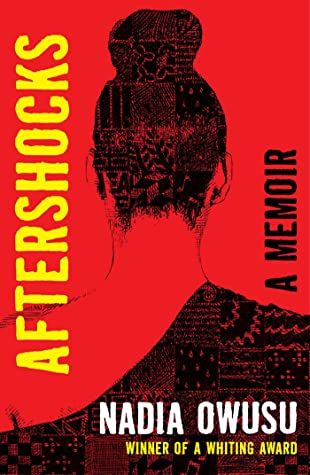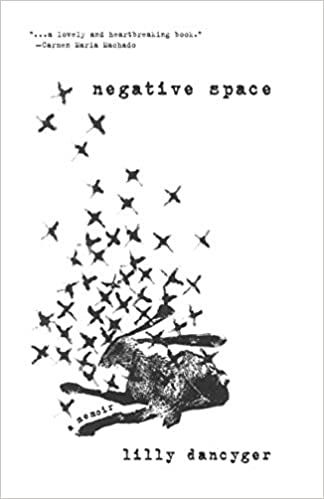This is a wonderful time to be an enthusiastic reader of innovative nonfiction books! I’m particularly drawn to books that are a little bit strange, a little bit outside the usual bounds of a particular genre, whether it’s memoir, essay, criticism, or whatever. These are books that have something complicated to say and need to bend genre definitions to say it. They experiment with form and make their form a part of their meaning. These books often combine personal writing with journalism, cultural commentary, or art to get their point across. They are original and exciting.
The books below are essay collections, memoirs, and works of criticism, and each one has something new and vital to say. I hope this list helps you find a new book to love.
White Magic by Elissa Washuta
White Magic is a linked essay collection full of personal stories and meditations on identity, culture, spirituality, colonization, and love. The essays are distinct, but placed into a three-act structure to create an overarching narrative. They are connected by short introductions to each act and playful epigraphs with footnotes that contemplate the book’s meaning and development. All of this makes for a reading experience that is varied while forming a satisfying whole. The essays cover Washuta’s experiences as a Native woman (she is a member of the Cowlitz Indian Tribe), her youth in New Jersey, her years in Seattle as an adult, her experiences with the tarot and becoming a witch. She covers abuse, rape, addiction, and trauma. She writes about getting into and getting out of complex relationships and also about video games, Twin Peaks, and so much more. It’s a book that is lively, revelatory, and strange in the best possible way.
Negative Space by Lilly Dancyger
Negative Space is a memoir about Lilly Dancyger’s childhood, which she had always considered happy, even though her parents were addicted to heroin. What seems strange to us as adults can feel normal to a child, after all. Her childhood happiness, genuine though it was, if chaotic, was disrupted by the death of her artistic father when she was 12. She idolized him throughout her difficult adolescence, which involved dropping out of school and living on her own in New York City. In this book, she now looks back at her past and her father with new, adult eyes and examines how complicated her story was. It’s a reckoning with her family history, an account of the 1980s east village art scene, a coming-of-age story, and a story of her own growth as writer. It’s also a beautiful tribute to her father’s art and the metaphors that held it together. The book’s prints of his artwork add to the haunting beauty of this gorgeous memoir.

Begin by Telling by Meg Remy
Begin by Telling is a mix of memoir and cultural criticism written through essay, screenplay, footnotes, and images. Remy writes about moments in her life from childhood through today, especially points where her memories touch on history: Desert Storm, Oklahoma City bombing, 9/11. She writes about sex, abortions, friendship, and violence she witnessed and experienced. She covers so much in a short space, evoking a culture riven with violence and misogyny that she is trying her best to navigate. She shows how art can emerge from pain. The mix of forms — images, lists, notes, phone call transcripts, and more — create an engrossing swirl of stories, feelings, and ideas that illuminate our predicament.

Keats’s Odes: A Lover’s Discourse by Anahid Nersessian
This is a book of literary criticism, but one that is written for a general audience and that is unconventional in its willingness to dive into personal responses and experiences. Anahid Nersessian fell in love with Keats’s poetry at a very young age, and here she examines the odes in detail, discussing their meanings, historical background, and form. Her discussion of the synchronicities between Keats and Karl Marx are particularly fascinating. At the same time, she thinks about her own relationship to Keats and how she is not the reader he had in mind. She uses the odes to think through some of the experiences that shaped her life. At a slim 160 pages (with a fabulously pink cover), this is an inviting, illuminating look at what Keats can say to us today.

Aftershocks by Nadia Owusu
In some ways this is a straightforward coming-of-age memoir about Nadia Owusu’s complicated family life, exploration of identity, and struggles with depression. She was born in Tanzania but only lived there until she was 3 years old. Later she lived in England, Italy, Ethiopia, Ghana, and Uganda, and settled in the New York at age 18. The memoir is unusual in the way it tells this story out of order, moving back and forth between childhood scenes and her life in New York in her 20s when she went through a major depressive period. The New York sections are entitled “The Blue Chair,” where she spent days unable to function, lost in sadness and grief. Owusu’s ability to hold all this material together is impressive. This is an important story for thinking about what it means to be a citizen of the world but to feel at home nowhere, to be a mixed-race person always having to explain who she is, and to grapple with family secrets and trauma and come out the other side intact.
Looking for more great nonfiction? Check out this this list of 5 nonfiction books to help us understand our times and 50 of the best nonfiction books.








